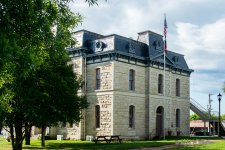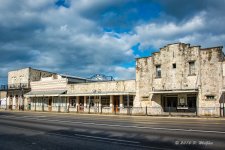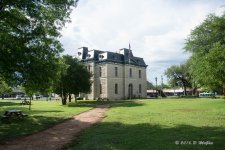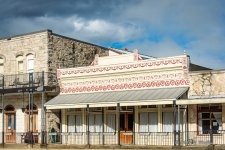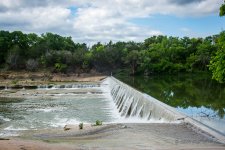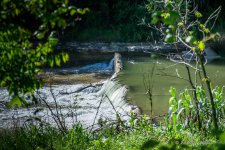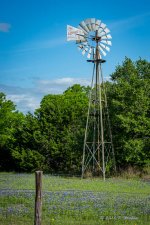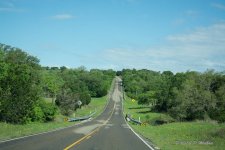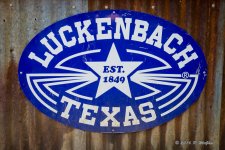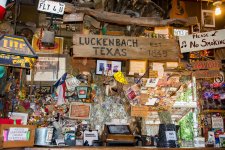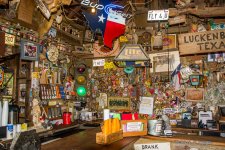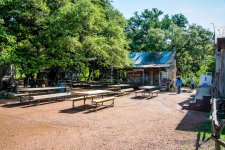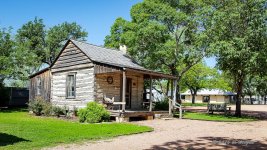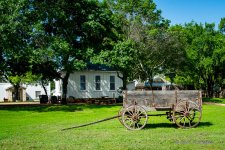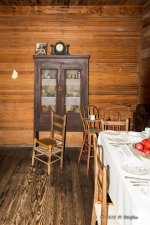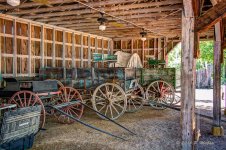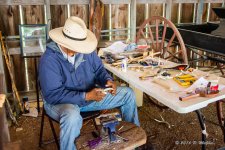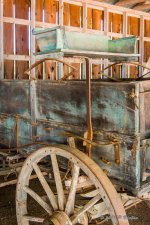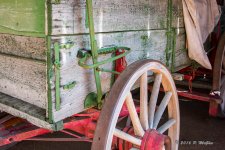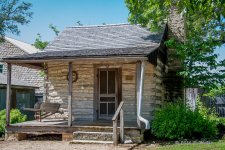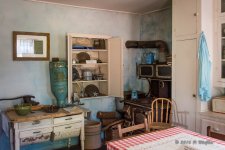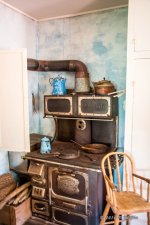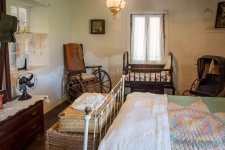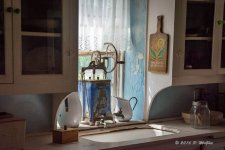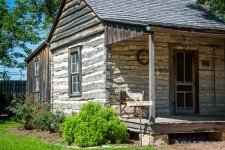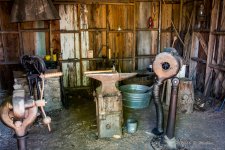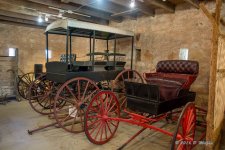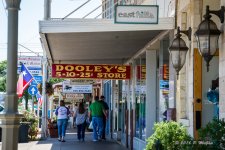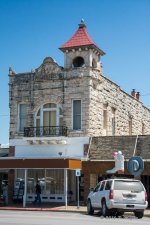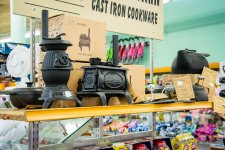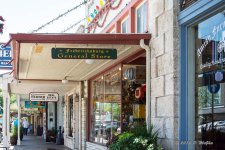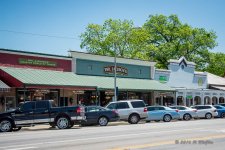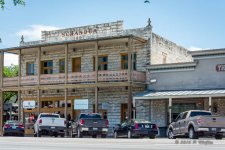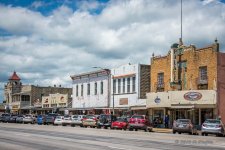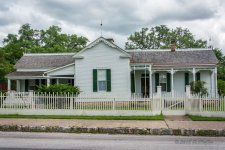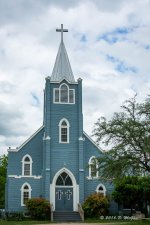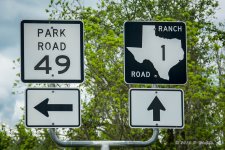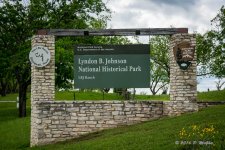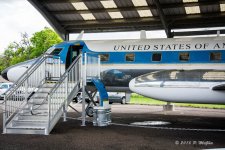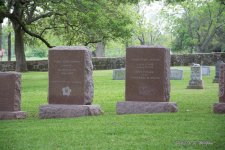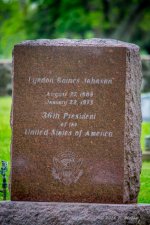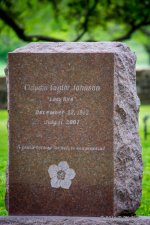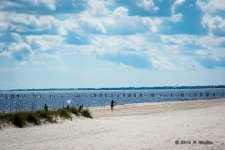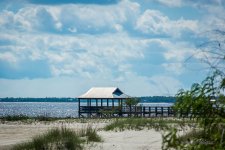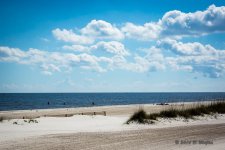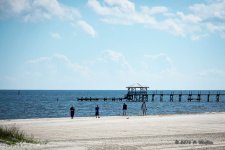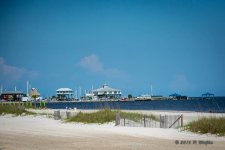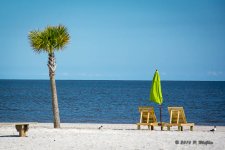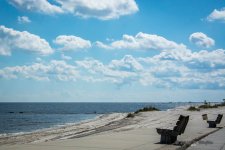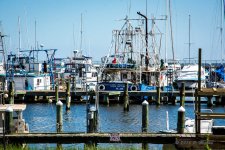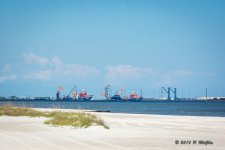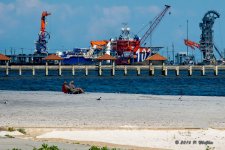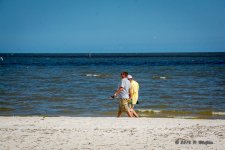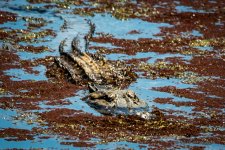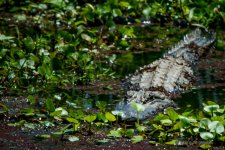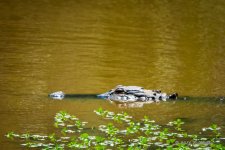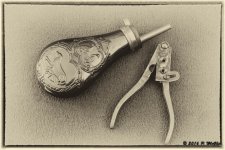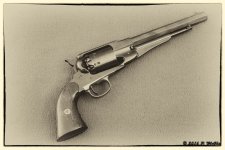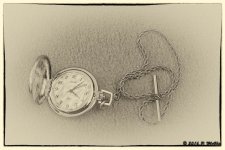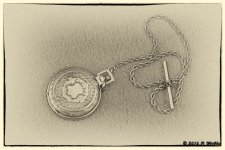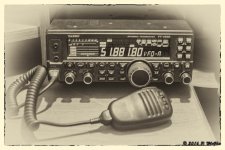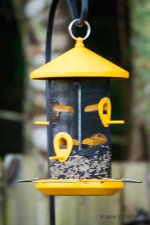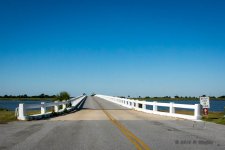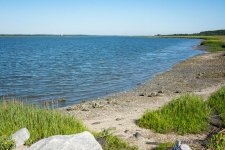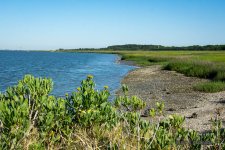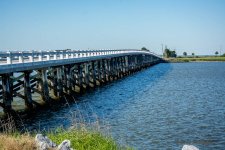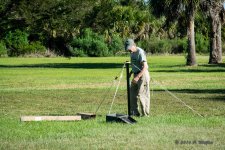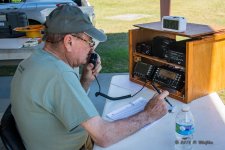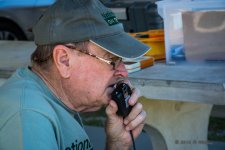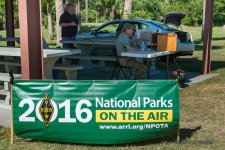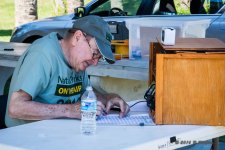You are using an out of date browser. It may not display this or other websites correctly.
You should upgrade or use an alternative browser.
You should upgrade or use an alternative browser.
RockyNH's Regular Photo Thread!
- Thread starter RockyNH_RIP
- Start date
These pictures are of the USS Cairo, a Union Ironclad from the Civil War.... 1st is a picture of the original vessel... followed by mine of the remains...
View attachment 209066
and my photos of the recovered remains at Vicksburg....
View attachment 209067
View attachment 209068
View attachment 209069
View attachment 209070
View attachment 209071
Below, is some of the history of this vessel for those who have an interest...
Pat in GA
The U.S.S. Cairo was one of seven ironclad gunboats named in honor of towns along the upper Mississippi and Ohio rivers. These powerful ironclads were formidable vessels, each mounting thirteen big guns (cannon). On them rested in large part, Northern hopes to regain control of the lower Mississippi River and split the Confederacy in two.
The "city class" gunboats were designed by Samuel M. Pook and built by river engineer James B. Eads. Cairo was constructed at Mound City, Illinois, and commissioned in January 1862. The Cairo was destined to see only limited action in the engagement at Plum Point in May and in the battle of Memphis in June. Her most significant action came six months later when she kept a rendezvous with destiny.
The Cairo's skipper, Lt. Commander Thomas O. Selfridge, Jr., was rash and ambitious, a stern disciplinarian, but an aggressive and promising young officer. On the cold morning of December 12, 1862, Selfridge led a small flotilla up the Yazoo River, north of Vicksburg, to destroy Confederate batteries and clear the channel of torpedoes (underwater mines). As the Cairo reached a point seven miles north of Vicksburg the flotilla came under fire and Selfridge ordered the guns to ready. As the gunboat turned towards shore disaster struck. Cairo was rocked by two explosions in quick succession which tore gaping holes in the ship's hull. Within twelve minutes the ironclad sank into six (6) fathoms (36 feet) of water without any loss of life. Cairo became the first ship in history to be sunk by an electrically detonated torpedo.
Over the years the gunboat was soon forgotten and her watery grave was slowly covered by a shroud of silt and sand. Impacted in mud, Cairo became a time capsule in which her priceless artifacts were preserved. Her whereabouts became a matter of speculation as members of the crew had died and local residents were unsure of the location.
By studying contemporary documents and maps, Edwin C. Bearss, Historian at Vicksburg National Military Park, was able to plot the approximate site of the wreck. With the help of a pocket compass and iron bar probes, Bearss and two companions, Don Jacks and Warren Grabau, set out to discover the grave of the Cairo in 1956. The three searchers were reasonably convinced they had found the Cairo, but three years lapsed before divers brought up armored port covers to positively confirm the find. A heavy accumulation of silt, swift current, and the ever-muddy river deterred the divers as they explored the gunboat. Local enthusiasm and interest began to grow in 1960 with the recovery of the pilothouse, an 8-inch smoothbore cannon, its white oak carriage and other artifacts well preserved by the Yazoo mud. With financial support from the State of Mississippi, the Warren County Board of Supervisors and funds raised locally, efforts to salvage the gunboat began in earnest.
Hopes of lifting the ironclad and her cargo of artifacts intact were crushed in October of 1964 when the three inch cables being used to lift the Cairo cut deeply into its wooden hull. It then became a question of saving as much of the vessel as possible. A decision was made to cut the Cairo into three sections. By the end of December the battered remains were put on barges and towed to Vicksburg. In the summer of 1965 the barges carrying the Cairo were towed to Ingalls Shipyard on the Gulf Coast in Pascagula, Mississippi. There the armor was removed, cleaned and stored. The two engines were taken apart, cleaned and reassembled. Sections of the hull were braced internally and a sprinkler system was operated continually to keep the white oak structural timbers from warping and checking.
In 1972, the U.S. Congress enacted legislation authorizing the National Park Service to accept title to the Cairo and restore the gunboat for display in Vicksburg National Military Park. Delays in funding the project halted progress until June of 1977, when the vessel was transported to the park and partially reconstructed on a concrete foundation near the Vicksburg National Cemetery. The recovery of artifacts from the Cairo revealed a treasure trove of weapons, munitions, naval stores and personal gear of the sailors who served on board. The gunboat and its artifacts can now be seen along the tour road at the U.S.S. Cairo Museum.
Very, very interesting. Thanks for sharing.
RockyNH_RIP
Senior Member
Very, very interesting. Thanks for sharing.
Thanks Ted, I love the Historical stuff...
Pat
RockyNH_RIP
Senior Member
RockyNH_RIP
Senior Member
RockyNH_RIP
Senior Member
RockyNH_RIP
Senior Member
This was a panorama across an area of the LBJ Ranch...

Pat in GA
Pat in GA
RockyNH_RIP
Senior Member
RockyNH_RIP
Senior Member
RockyNH_RIP
Senior Member
RockyNH_RIP
Senior Member
RockyNH_RIP
Senior Member
RockyNH_RIP
Senior Member
RockyNH_RIP
Senior Member
RockyNH_RIP
Senior Member
RockyNH_RIP
Senior Member
RockyNH_RIP
Senior Member
We had another Ham radio event, an activation at Fort Pulaski for NPOTA (National Parks on The Air!)
These shots were on the way into the Park.
View attachment 211515
View attachment 211516
View attachment 211517
View attachment 211518
Pat in Coastal GA
These shots were on the way into the Park.
View attachment 211515
View attachment 211516
View attachment 211517
View attachment 211518
Pat in Coastal GA
RockyNH_RIP
Senior Member
Neat shots Pat! I'm glad that amateur radio survives in this Internet/Cell Phone era. I don't know much about it, but it appears to be a very cool hobby. I have an old (c. 1975) Sony shortwave, but our house is in a spot where I can't receive much. When I was a kid in Illinois I built a crystal radio and stretched a wire antenna from my bedroom window to a tree and had a ball listening.
RockyNH_RIP
Senior Member
Neat shots Pat! I'm glad that amateur radio survives in this Internet/Cell Phone era. I don't know much about it, but it appears to be a very cool hobby. I have an old (c. 1975) Sony shortwave, but our house is in a spot where I can't receive much. When I was a kid in Illinois I built a crystal radio and stretched a wire antenna from my bedroom window to a tree and had a ball listening.
Thank you! It is a very good hobby with many facets to get involved in... Our local club is pretty active which I enjoy.
Pat in GA

